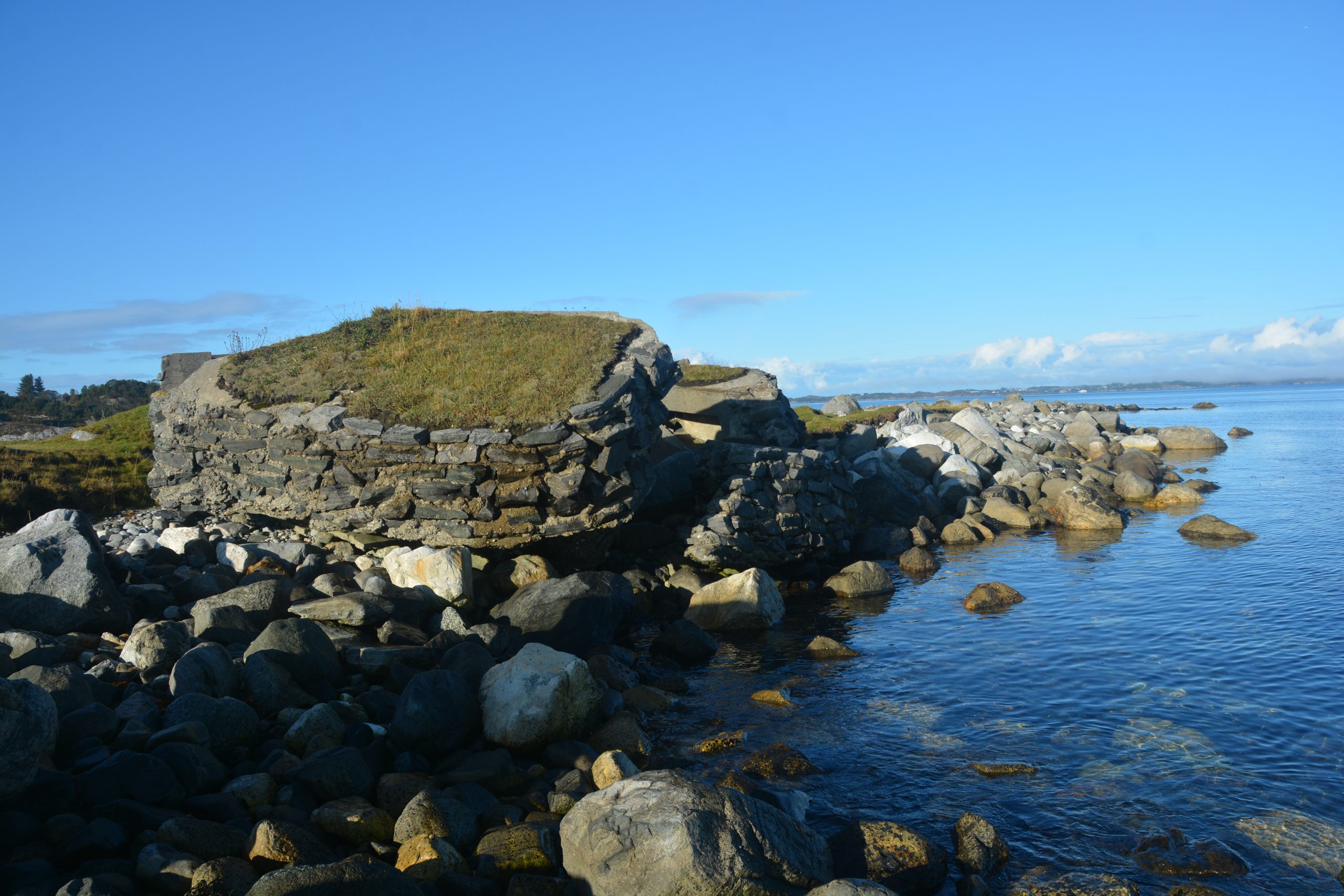
When people first think about archaeology, it is often the sites themselves that first come to mind, from pyramids in Egypt to the megaliths of Stonehenge. The sites are physical manifestations of the human past and allow us the unique opportunity to engage with human history. Archaeological artifacts fall into the same category, from the curvaceous Venus figurine of Willendorf to stone Clovis points, gorgeously crafted to the point of being works of art. When many people think of archaeology, they think of material culture.
How then, does archaeology overlap with marine sustainability? The term marine sustainability can have multiple meanings, but I use it here to refer to the continued resilience (1) of marine ecosystem or the ability to stabilize following a disturbance. Topics within marine sustainability are broad, from aquaculture, to coastal species diversity, or deep-sea mining. These are just a few of the topics subsumed within marine sustainability. How might archaeology contribute to the conversations?
Here are three thoughts so far:
1) Maritime archaeological resources
Perhaps the most obvious connection to marine sustainability issues is in the opportunity that increased surveillance and survey of the sea floor has for identifying submerged archaeological sites. Given the identification of these sites, there could be a system in place for archaeologists to be called to identify and assess potential archaeological sites. The beginning stages of coastal projects or those along the sea floor may be the ideal times to implement systems.
2) Concepts of heritage: Who has (or should have) access to marine resources?
In coastal territories, there can be debates between local governments and indigenous groups who have in the past and currently utilized marine or coastal resources within their subsistence systems. Archaeological research into past subsistence systems can help contextualize present day traditions, when appropriate.
In international waters, the question of who has access to deep sea resources is open for interpretation given the language adopted by the International Seabed Authority. The discussion around resources in international waters as universal resources parallels the discourse around universal heritage concepts in archaeology. In some cases, the concept of universal heritage, when applied to archaeological artifacts, has been used as a defense against repatriation to the historically descendant country or community. Given this parallel, archaeologists are in a position to comment on the concept of universal resources within international waters.
3) Applied zooarchaeology, or the study of animal remains in an archaeological context applied to the present day management of those species
Top on my list, perhaps because of its relationship to my own project, is applied zooarchaeology. The zooarchaeological record is also an archive of ecological information and information on human harvesting practices. There are numerous researchers who have conducted applied research of maritime resources to understand changes in habitat ranges of specific species as well as the impact of human harvesting practices.
For instance, zooarchaeologists can use carbon and nitrogen stable isotope analyses to quantify changes in the diet or habitat use of a specific species across time. Carbon and nitrogen stable isotope analyses of fish bone can tell us about the fish’s diet such as how high they are in the food chain or about habitat use. When we analyze fish from an archaeological context and compare them to a present day context, we can quantify whether the dietary niche of that species has changed. This can tell us several things such as if there has been a change in the habitat range or a change in the environment.
These are just a few thoughts for now, feel free to leave more ideas in the comments! (I’ll talk about my project in a future post!)
(1) Where resilience is defined here as the “capacity of a system to tolerate disturbance without collapsing into a different state by maintaining the same basic properties and functions” (Campbell, S. K., and V. L. Butler. 2010. Archaeological evidence for resilience of Pacific Northwest salmon populations and the socioecological system over the last ~7,500 years. Ecology and Society 15(1): 17.

Be First to Comment